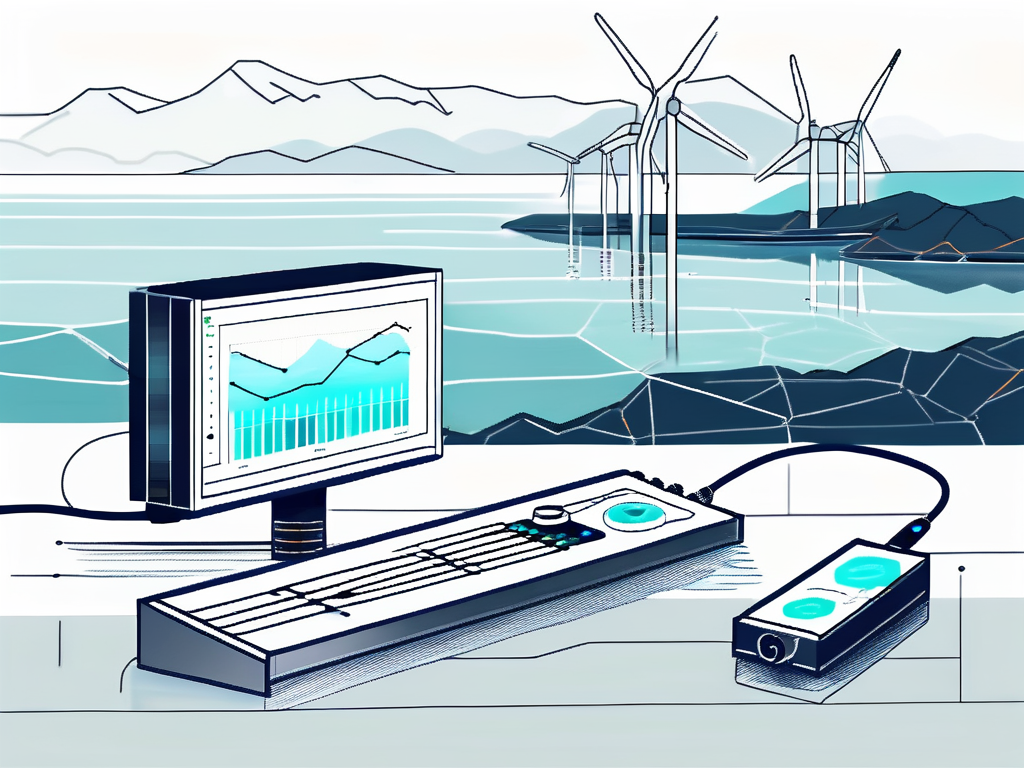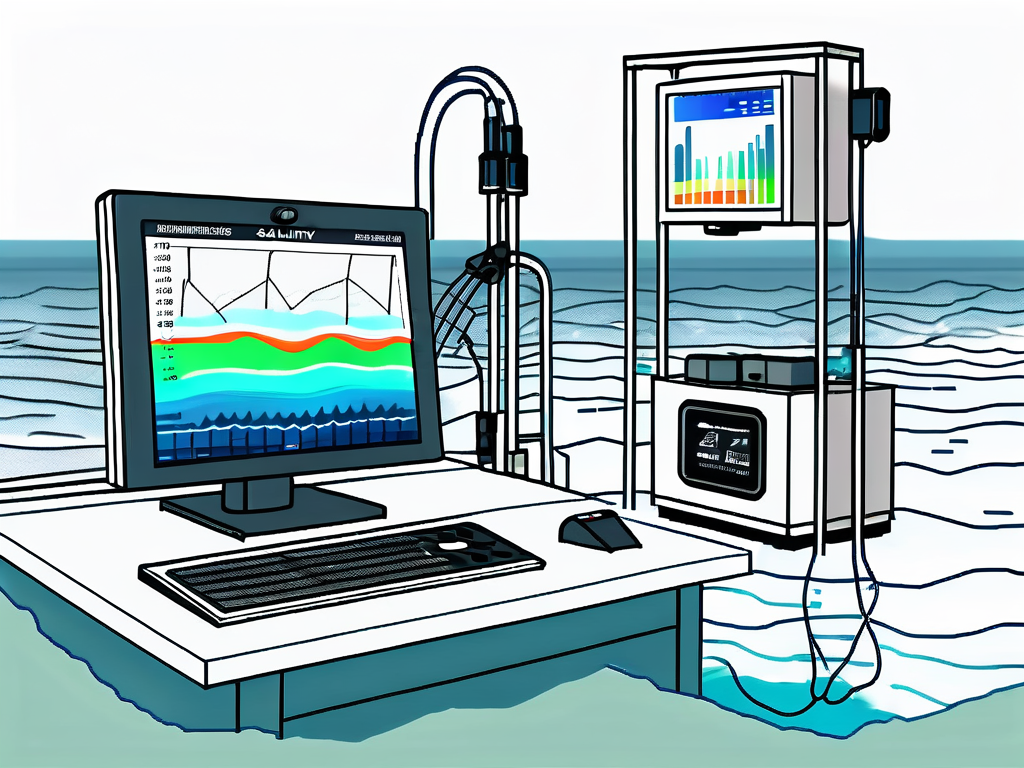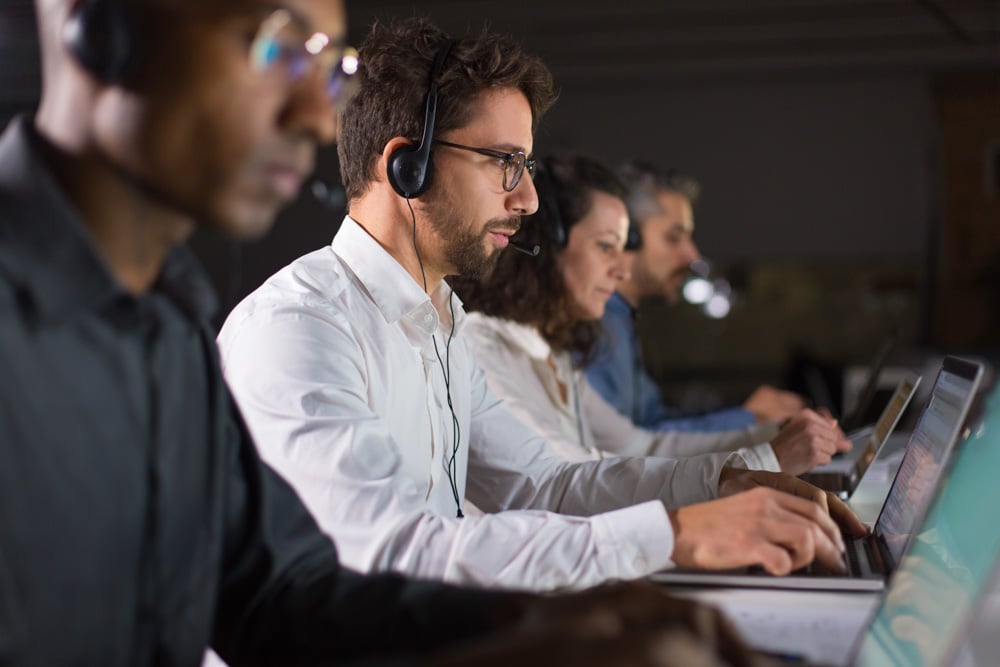
Harnessing Remote Monitoring to Enhance Salinity Control
In the world of agriculture, particularly in aquaculture and hydroponics, salinity levels play a crucial role in the health and productivity of your crops. Too much or too little salt can drastically affect plant growth, yield, and overall health. The traditional method of monitoring salinity levels involves manual sampling and laboratory testing, which can be time-consuming and labor-intensive. However, with the advent of technology, remote monitoring has emerged as a game-changer in optimizing salinity levels.
The Importance of Salinity Optimization
Salinity refers to the concentration of dissolved salts in water. It is a critical factor in various agricultural practices, especially in aquaculture and hydroponics. The right salinity level is essential for the optimal growth and development of plants and aquatic life.
Excessive salinity can cause osmotic stress, leading to stunted growth, reduced yield, and in severe cases, plant death. On the other hand, low salinity levels can lead to nutrient deficiencies, affecting the overall health and productivity of the crops. Therefore, maintaining the ideal salinity level is crucial for successful farming.
Remote Monitoring: A Modern Solution
Remote monitoring is a technology that allows farmers to monitor various parameters, including salinity levels, from a distance. This technology uses sensors to collect data, which is then transmitted to a remote device or system for analysis. It offers real-time monitoring, enabling farmers to make quick decisions and take immediate actions when necessary.

With remote monitoring, farmers can optimize salinity levels more efficiently and effectively. It eliminates the need for manual sampling and lab testing, saving time and reducing labor costs. Moreover, it provides more accurate and reliable data, helping farmers to maintain the ideal salinity levels consistently.
How to Optimize Salinity with Remote Monitoring
Choosing the Right Sensors
The first step in optimizing salinity with remote monitoring is choosing the right sensors. Salinity sensors are designed to measure the concentration of dissolved salts in water. They come in various types and models, each with its own features and specifications. When choosing a salinity sensor, consider factors such as accuracy, range, durability, and ease of installation and maintenance.
Installing the Sensors
Once you have chosen the right sensors, the next step is installation. The sensors should be installed in the right locations to ensure accurate measurements. They should be submerged in water, preferably in the middle of the water body, away from the edges. The sensors should also be secured properly to prevent them from moving or being dislodged by water currents or other factors.
Setting Up the Remote Monitoring System
After installing the sensors, the next step is setting up the remote monitoring system. This involves connecting the sensors to a remote device or system, such as a computer or smartphone, via a network. The system should be set up to receive and analyze the data from the sensors, and to alert you when the salinity levels are outside the ideal range.
Monitoring and Adjusting Salinity Levels
With the remote monitoring system in place, you can now start monitoring and adjusting salinity levels. The system will provide real-time data on salinity levels, allowing you to monitor them closely and make adjustments as necessary. You can adjust salinity levels by adding or removing water or salt, depending on whether the salinity is too high or too low.
Benefits of Harnessing Remote Monitoring to Enhance Salinity Control
Optimizing salinity with remote monitoring offers numerous benefits. Firstly, it provides real-time data, enabling you to monitor salinity levels closely and make adjustments as necessary. This helps to maintain the ideal salinity levels consistently, leading to improved crop health and productivity.

Secondly, remote monitoring eliminates the need for manual sampling and lab testing, saving time and reducing labor costs. It also provides more accurate and reliable data, helping to prevent errors and inaccuracies that can affect crop health and productivity.
Lastly, remote monitoring allows for proactive management. It alerts you when the salinity levels are outside the ideal range, allowing you to take immediate action to correct the problem. This helps to prevent damage to crops and loss of yield, ensuring a successful and profitable farming operation.
Conclusion
Optimizing salinity is crucial in agriculture, particularly in aquaculture and hydroponics. With the traditional method of manual sampling and lab testing, maintaining the ideal salinity levels can be challenging. However, with remote monitoring, salinity optimization becomes more efficient and effective. It provides real-time data, eliminates the need for manual sampling and lab testing, and allows for proactive management, leading to improved crop health and productivity. So, if you're looking for a modern solution to optimize salinity, consider remote monitoring. It's a game-changer in the world of agriculture.
